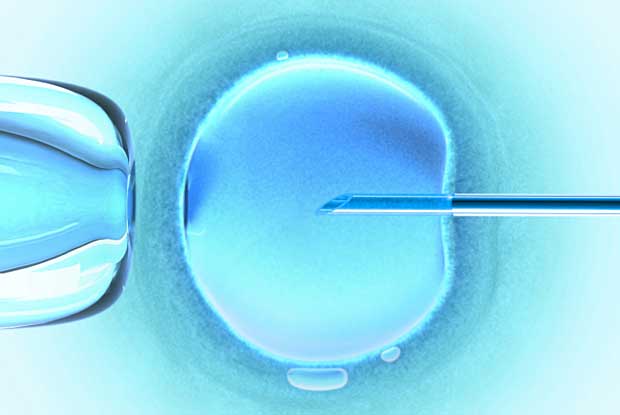Serious complications are twice as high for babies conceived by assisted reproductive therapies
Almost 40,000 live births occur in the U.S. each year using assisted reproductive technologies.
Fertility treatment is associated with increased risk of major birth defects, which varies between in vitro fertilisation (IVF) and intracytoplasmic sperm injection (ICSI), and is significantly reduced by embryo freezing.
Dr. Michael Davies, MPH, PhD, professor from the University of Adelaide’s Robinson Institute and lead author along with colleagues examined a range of additional perinatal outcomes of adverse birth events related to all forms of available treatment including in-vitro fertilization (IVF), intracytoplasmic sperm injection (ICSI), ovulation induction, and cryopreservation of embryos.
Researchers examined stillbirth, mean birth weight, low birth weight, small size for gestational age, large size for gestational age, preterm birth, post-term birth and Apgar score under 7 at 5 minutes and neonatal death of more than 300,000 births including 4,300 that were conceived with assistance in South Australia over a 17-year period.
The results showed single births that were conceived through assistance were twice as likely to be stillborn, more than twice as likely to be born premature, almost three times as likely to be born with very low birth weight and twice as likely to die within the first month of birth.
Very low and low birth weight, very preterm and preterm birth, and neonatal death were markedly more common in singleton births from IVF and to a lesser degree, in births from ICSI.
Using frozen-embryos eliminated all significant adverse outcomes associated with ICSI but not with IVF. However, frozen-embryo cycles were also associated with increased risk of macrosomia for IVF and ICSI singletons.
Women who had struggled to get pregnant without fertility treatments but then conceived naturally were also at risk for adverse outcomes that included seven times more likely to have a baby born premature and seven times more likely to die within the first 28 days of birth.
In their conclusion the researchers write” Births after assisted conception show an extensive range of compromised outcomes that vary by treatment modality, that are substantially reduced after embryo freezing, but which co-occur with an increased risk of macrosomia.”
Dr. Dagan Wells, leading British Fertility Expert from Nuffield Department of Obstetrics and Gynecology at the University of Oxford and Fellow of the Royal College of Pathologists commented Perhaps the most striking finding is that rates of prematurity, low birth-weight and infant death were highest of all for couples who had a fertility problem but eventually succeeded in conceiving without the help of IVF.”
“This suggests that the problems seen for babies born after IVF may be related to the patient’s infertility rather than the treatment itself. In fact, for couples with reduced fertility, IVF seemed to lessen these risks compared to natural conception.”
Professor Davis commented “More research is now urgently needed into longer term follow-up of those who have experienced comprehensive perinatal disadvantage,” he says. “Our studies also need to be expanded to include more recent years of treatment, as the technology has been undergoing continual innovation, which may influence the associated risks.”
Limitations of this study included the absence of information about: changes of male partner during interpregnancy intervals; zygosity and chorionicity of twins; and whether twins and singletons were reductions of higher-order pregnancies. Data were not available for assisted conception pregnancies beyond 2002.
This is the first study to make a comparison with pregnancies in women diagnosed with infertility, but who never received intensive treatment.








